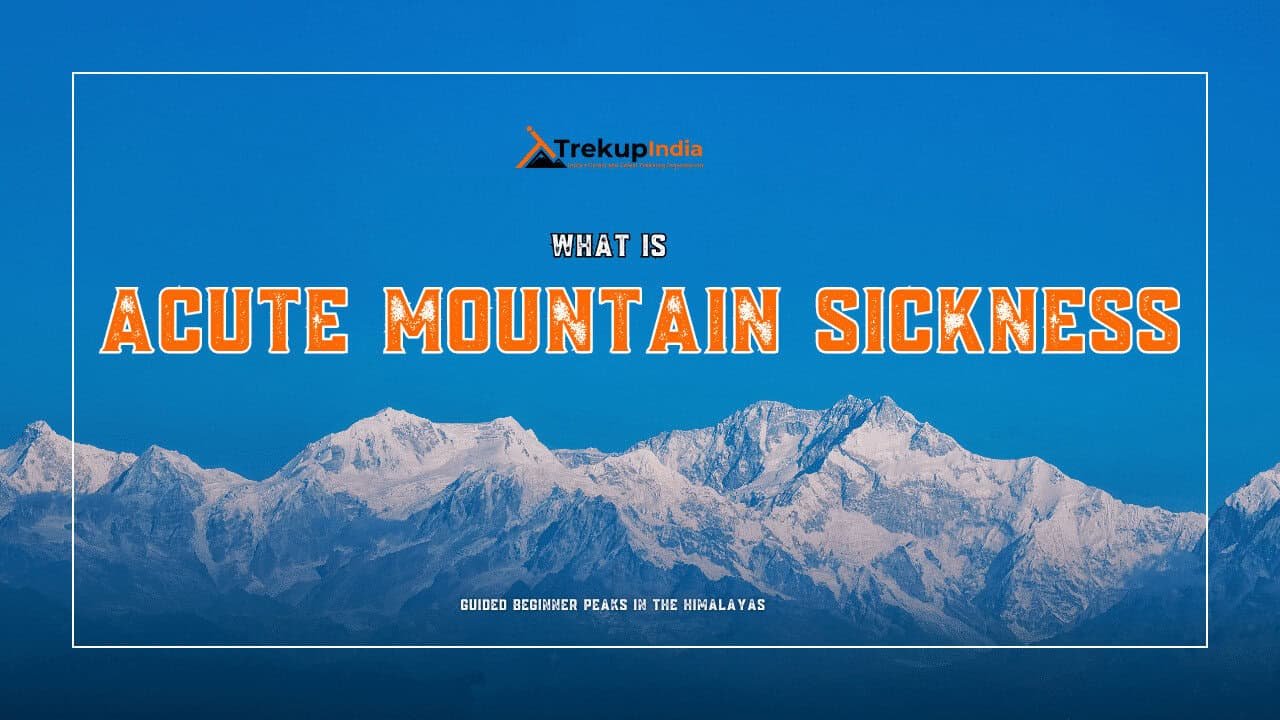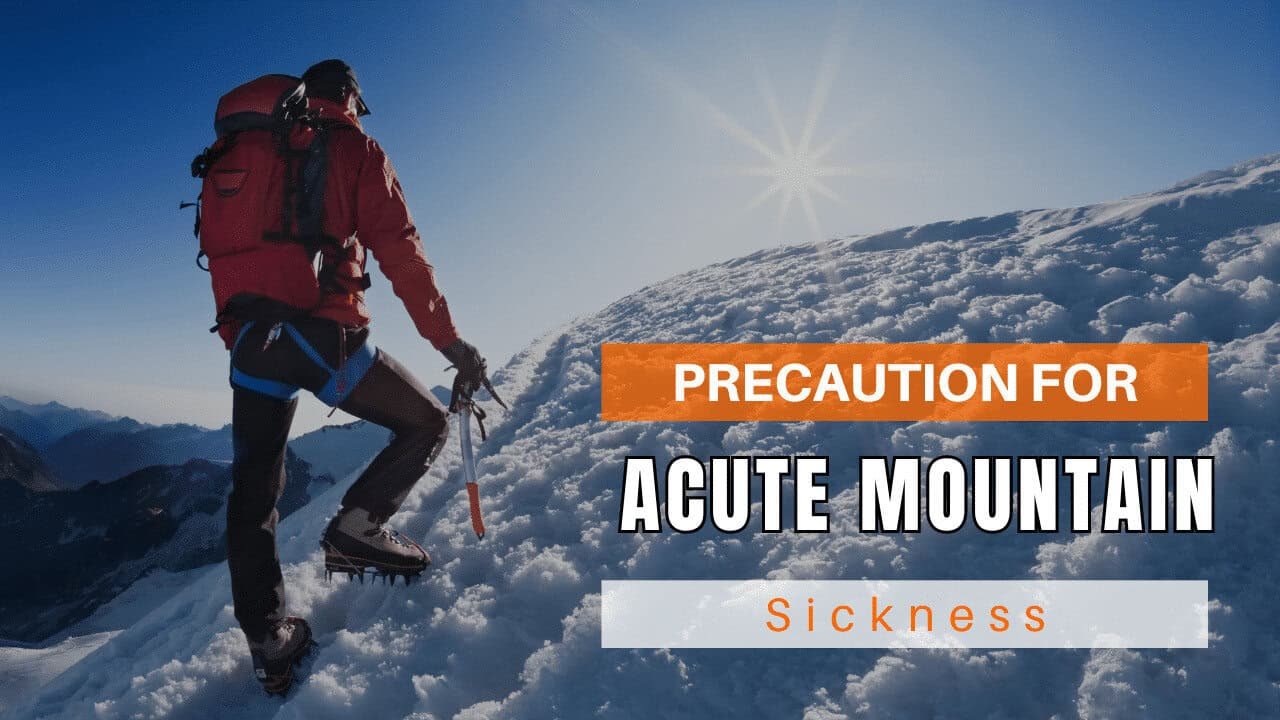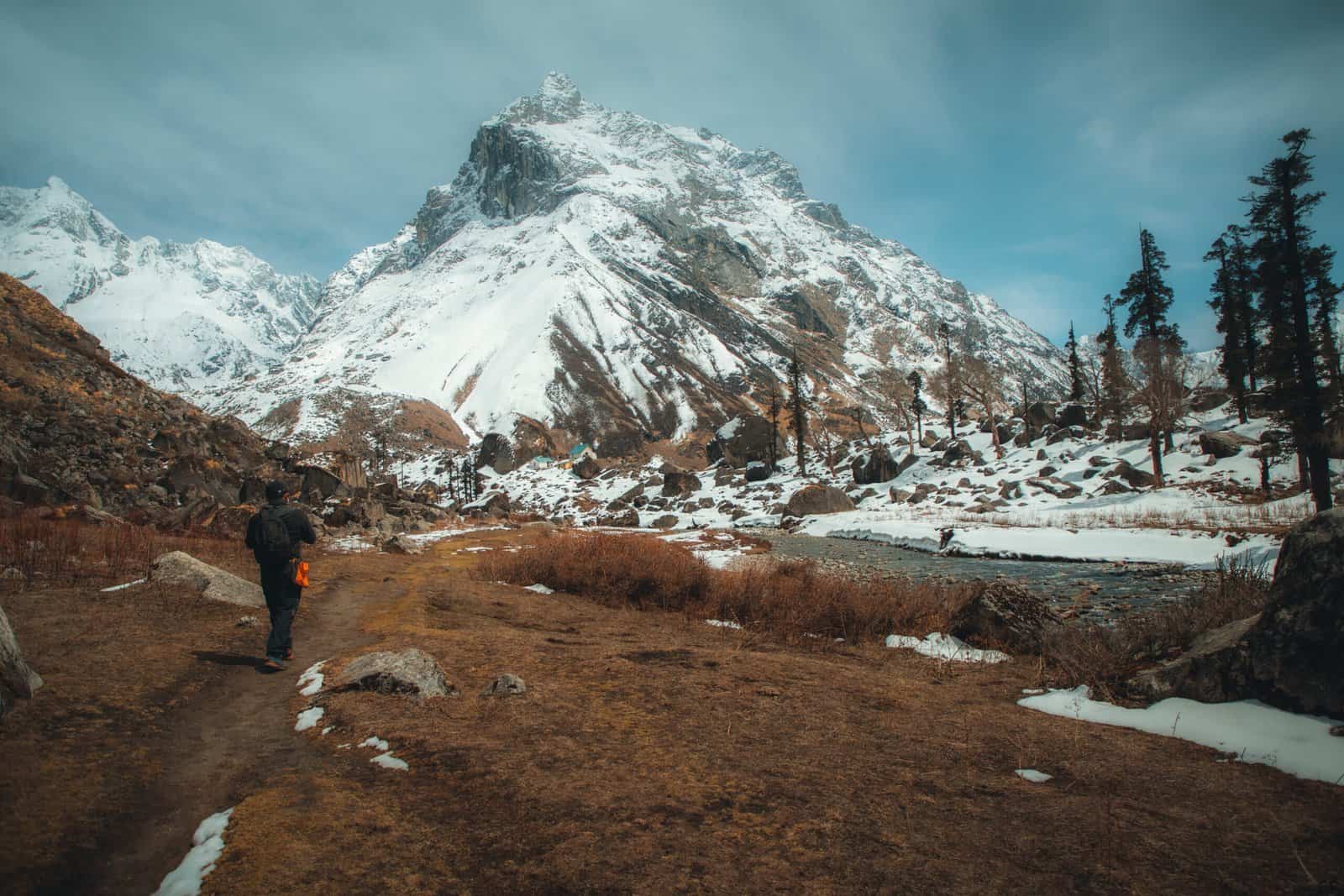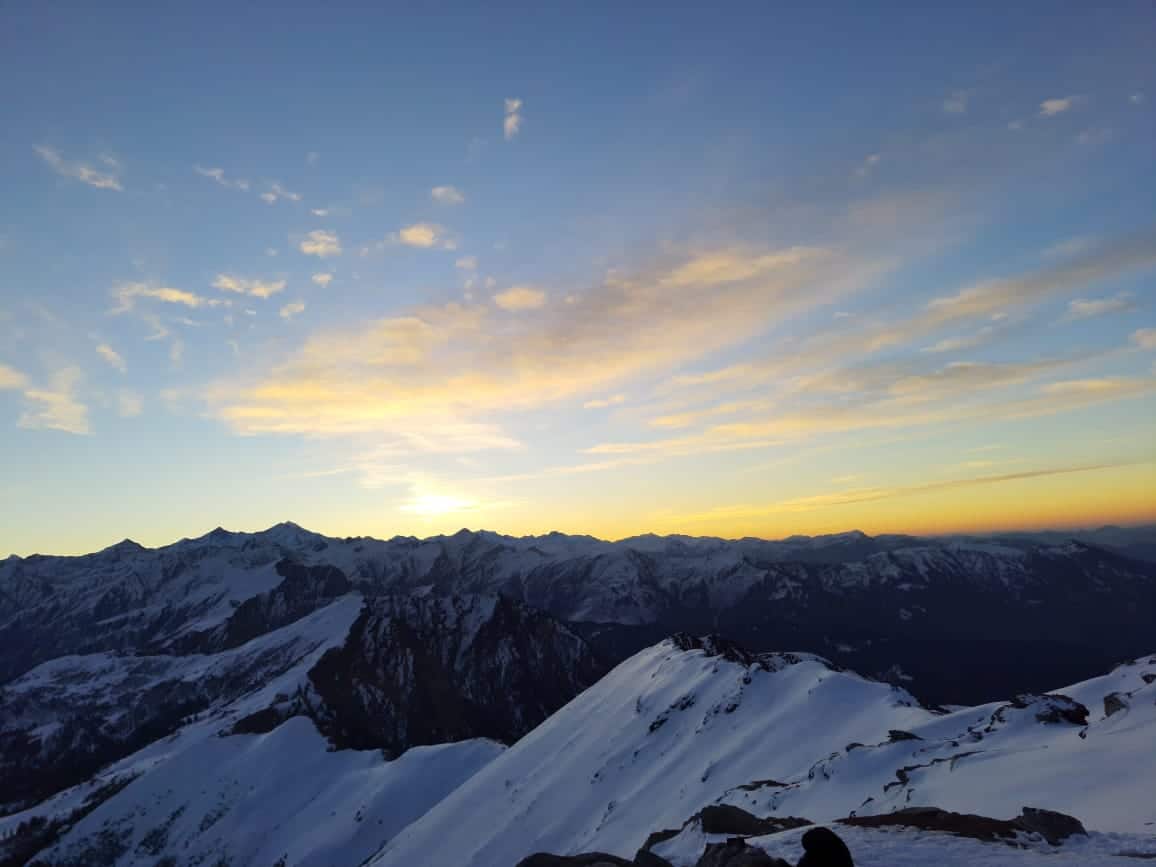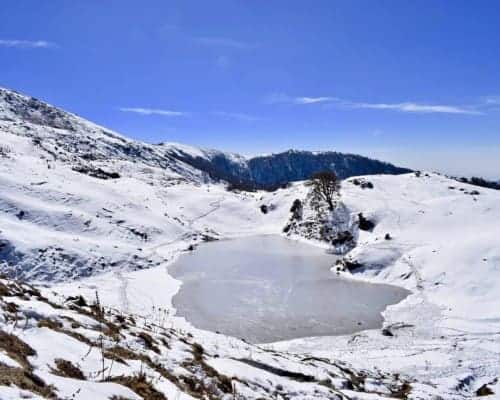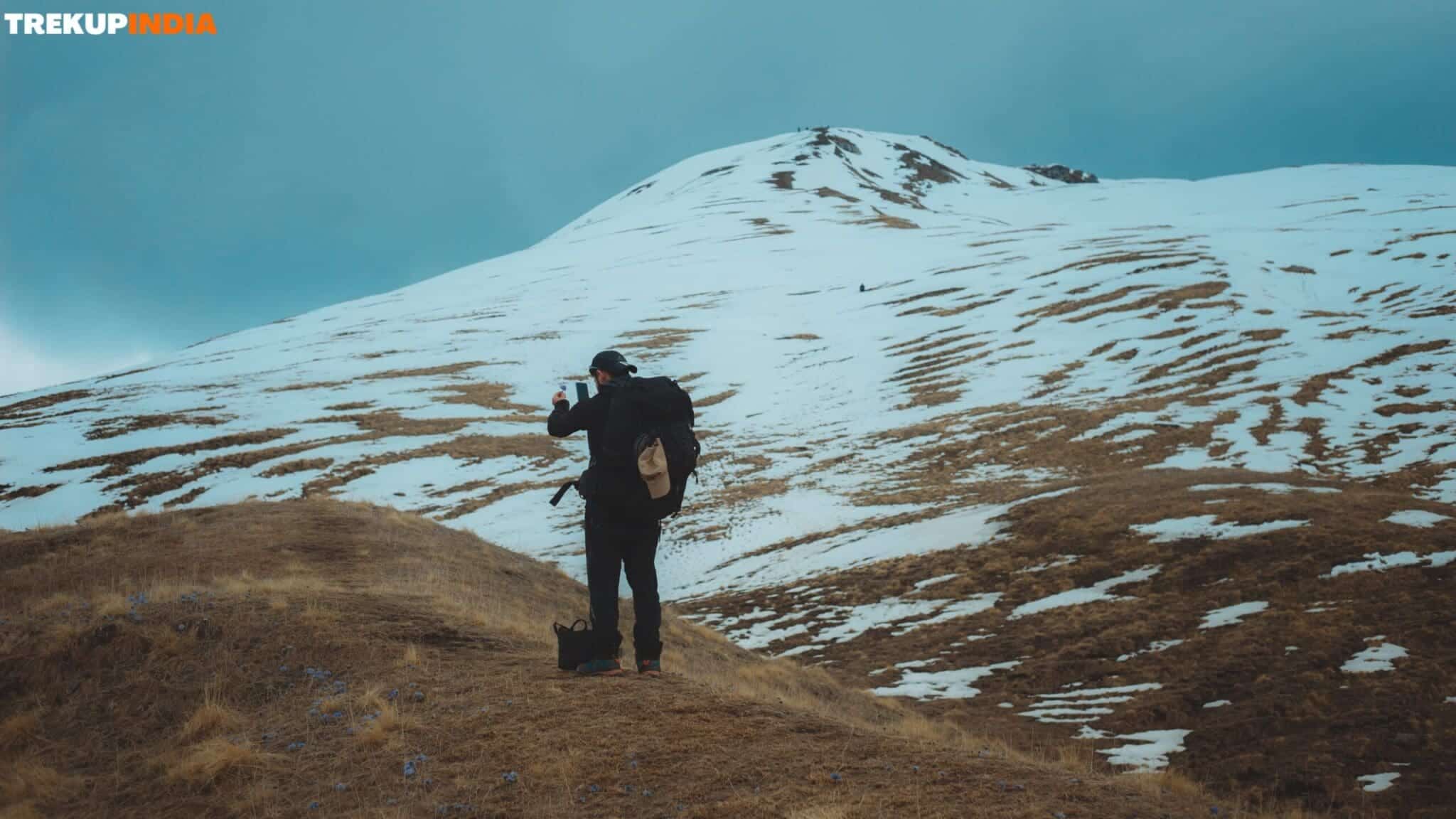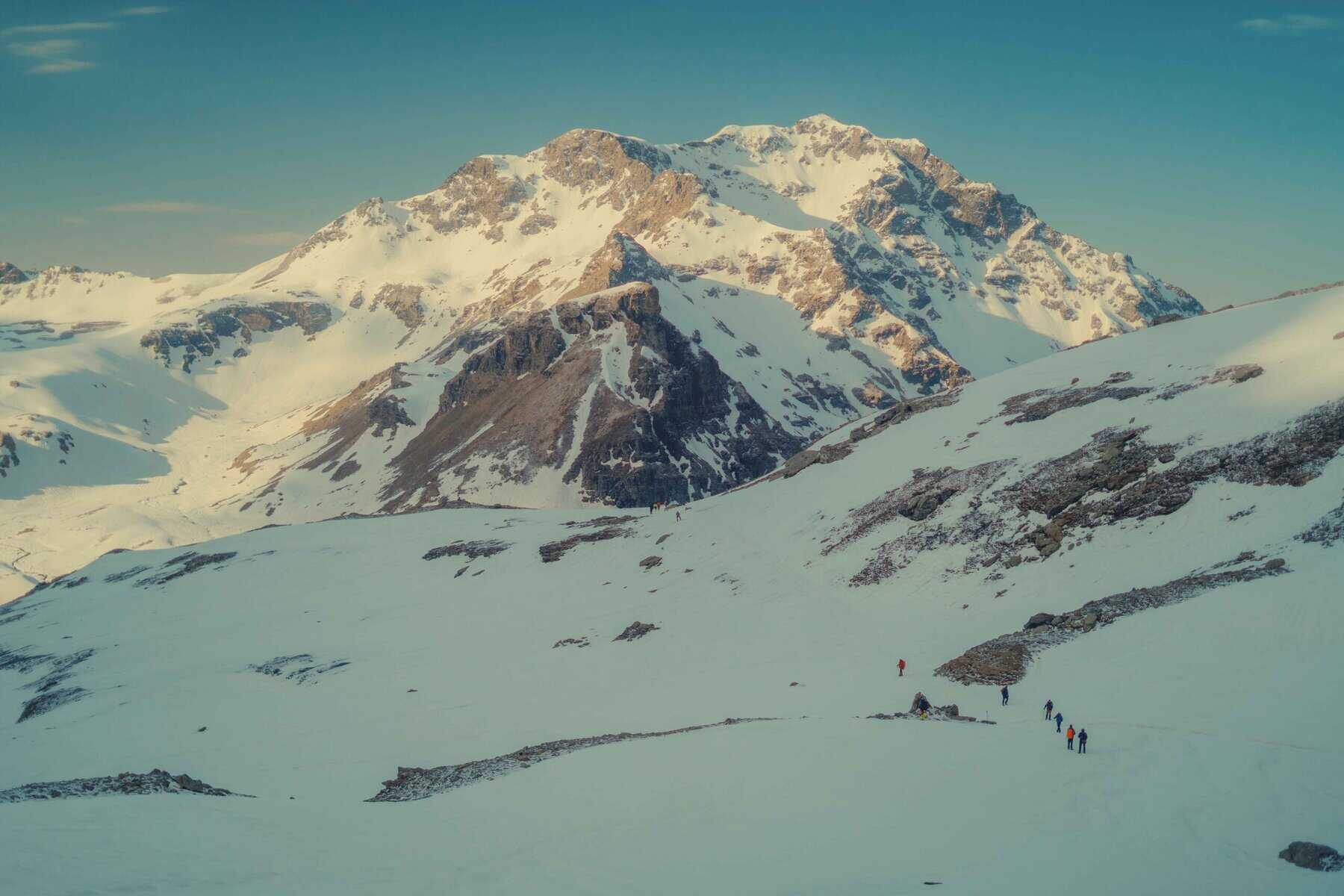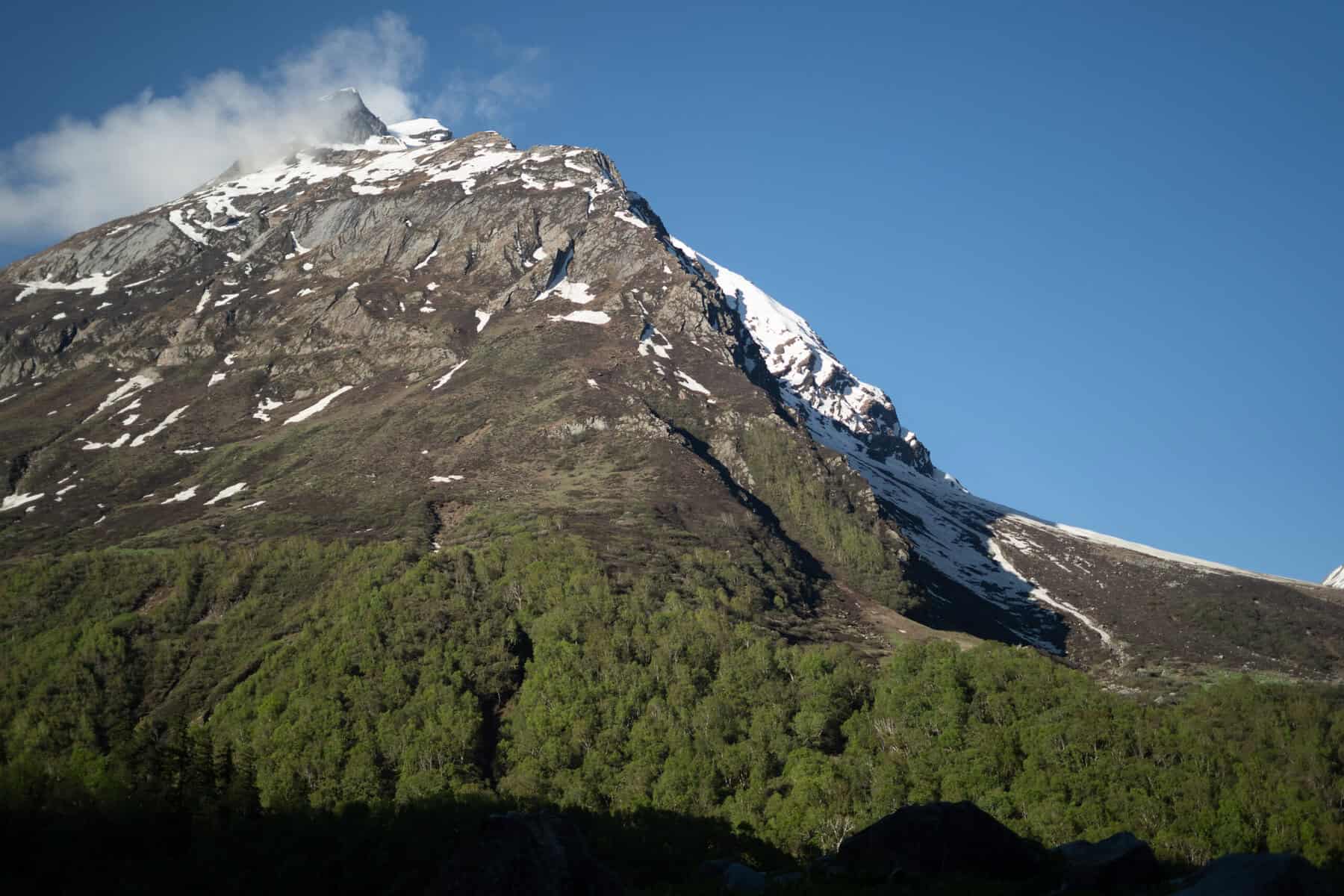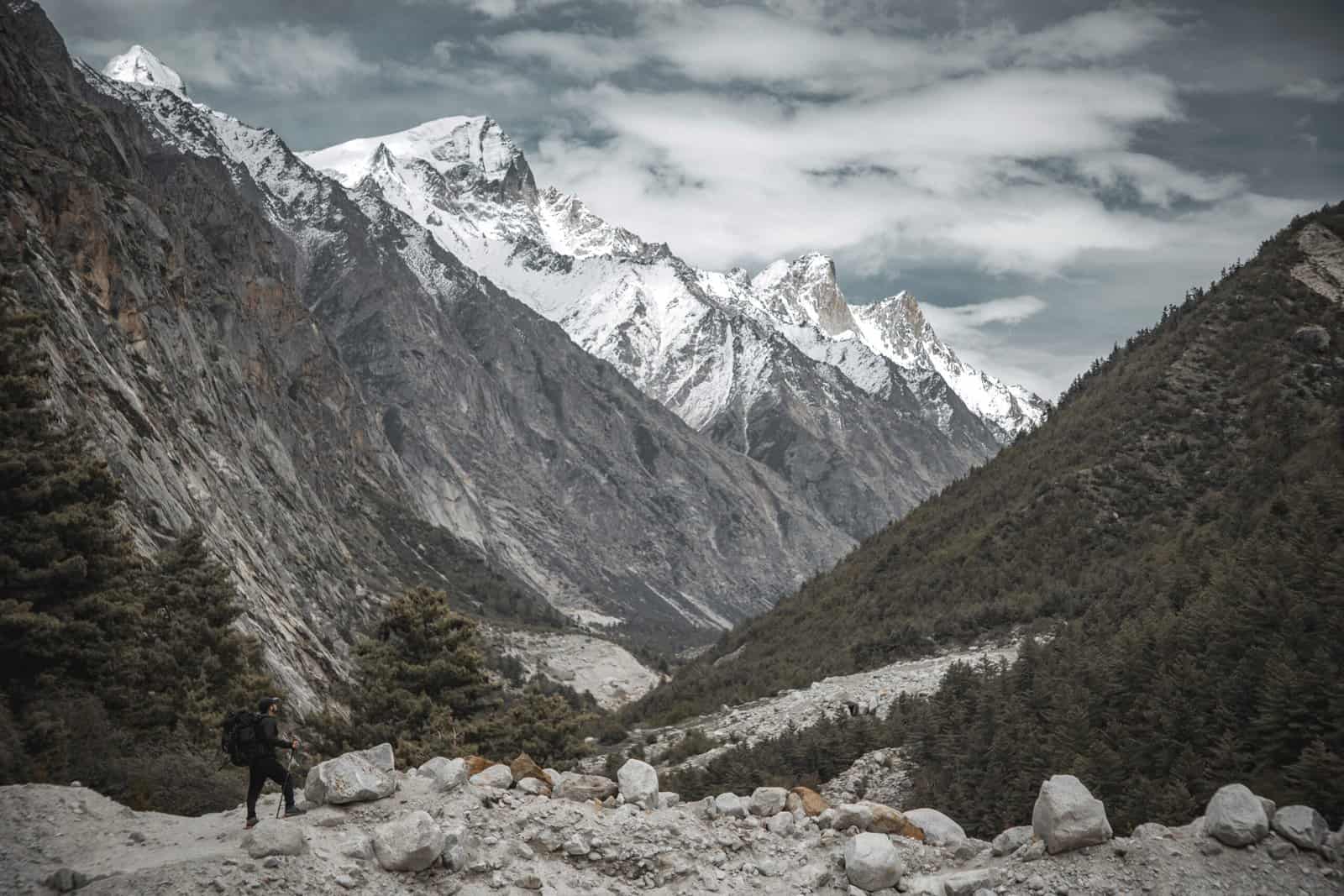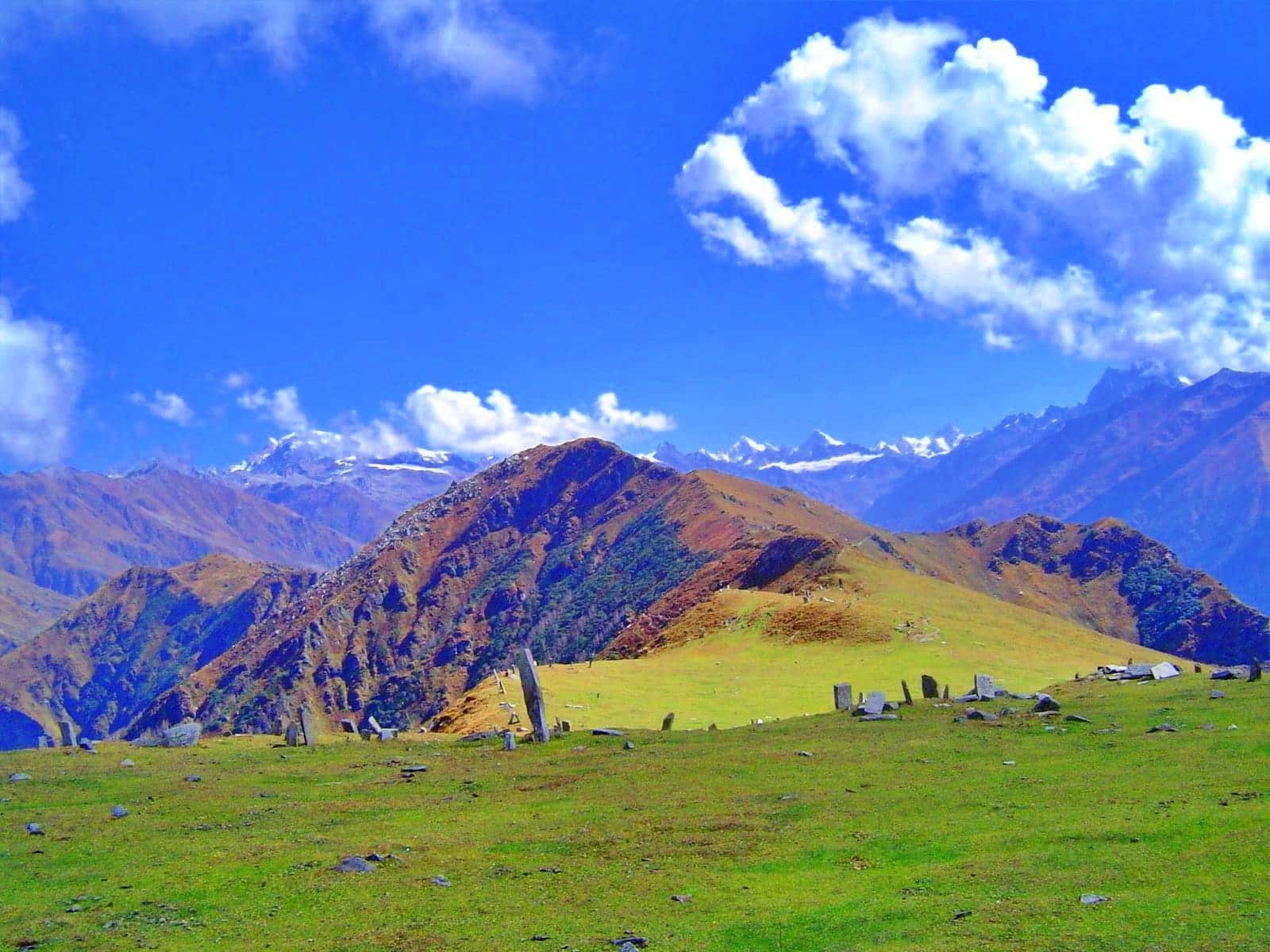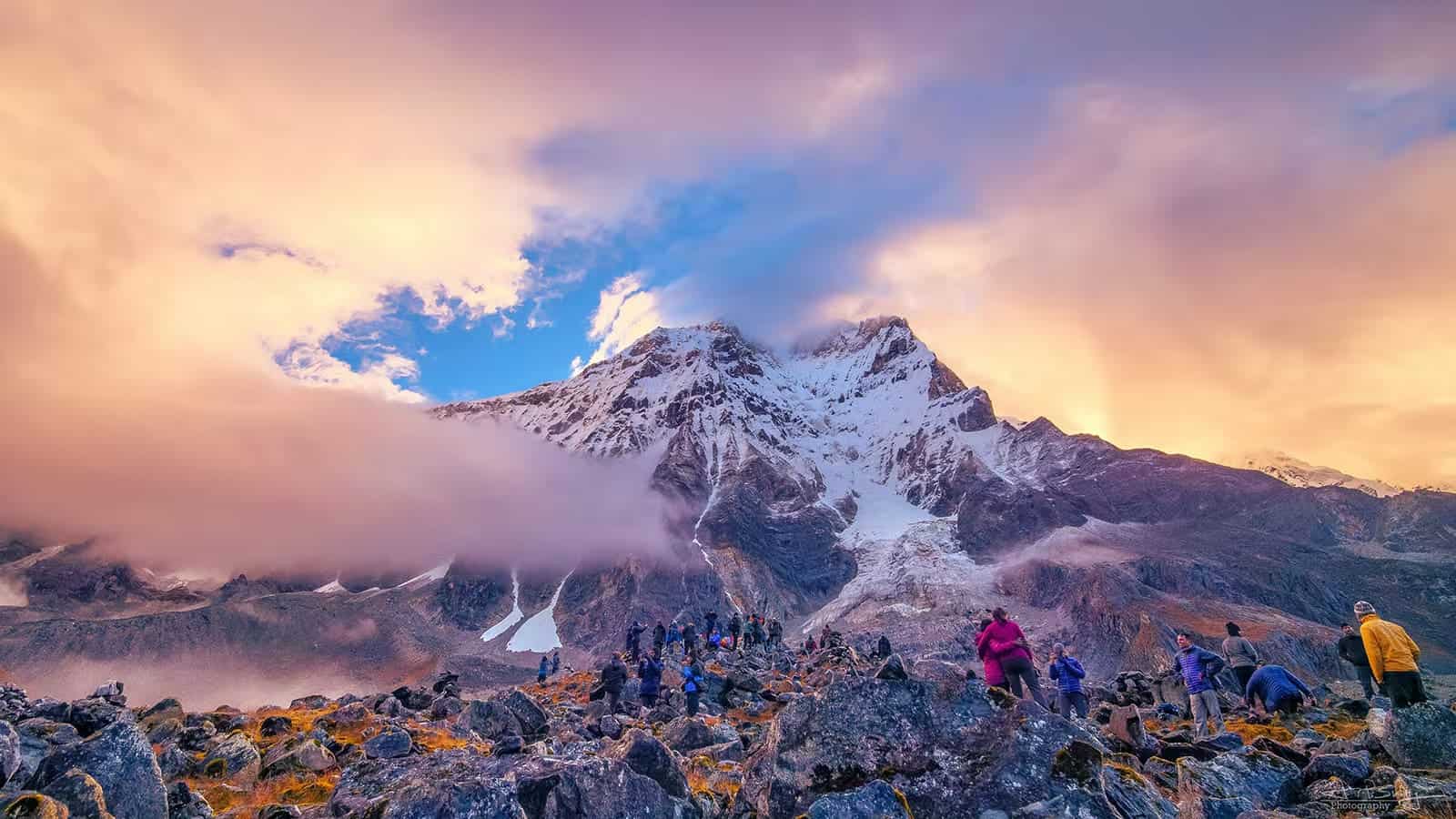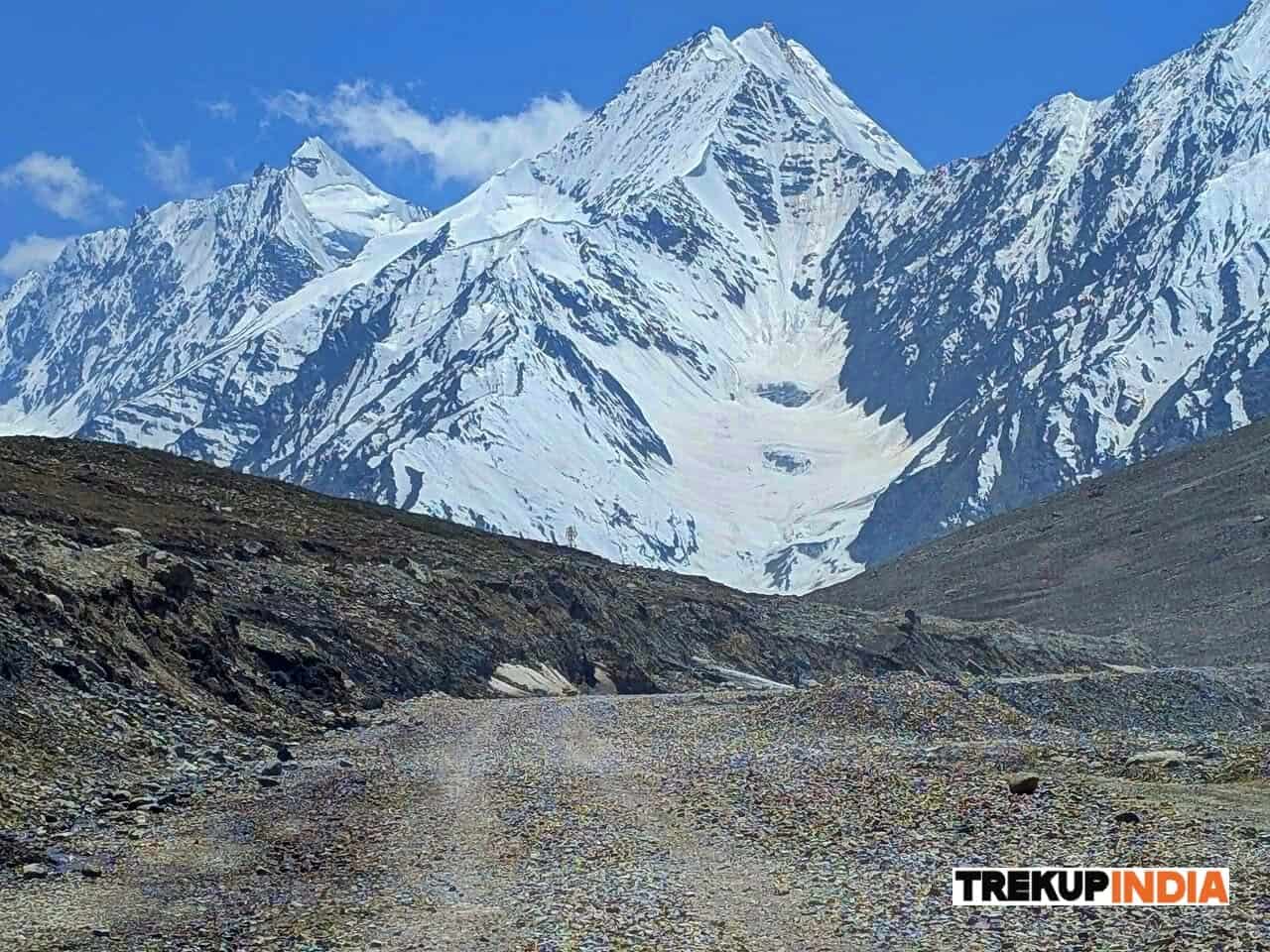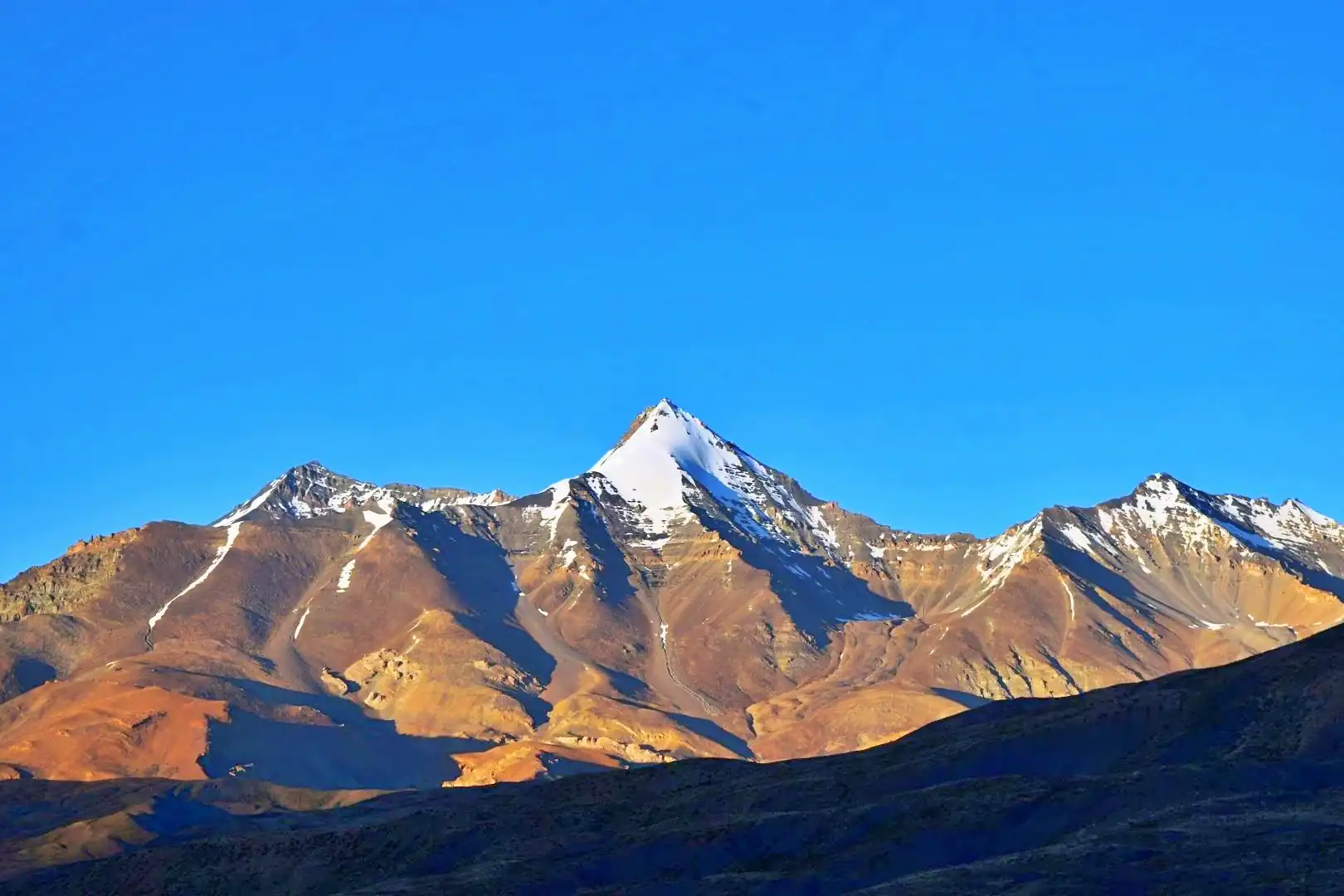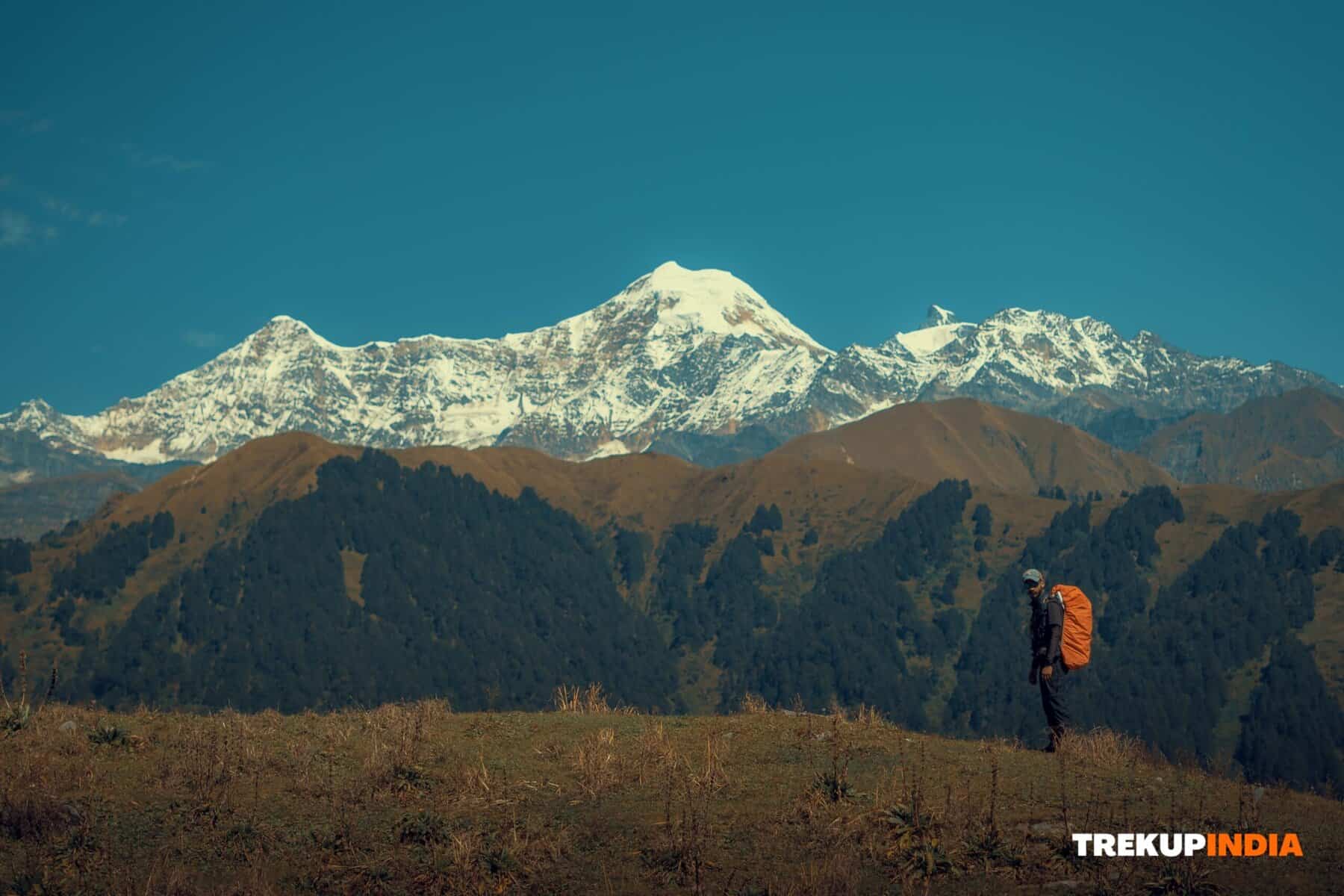Kunagalu Betta Trek
Kunagalu Betta Trek
The initial picture that comes to mind when we think about the Kunagalu Betta Trek is the rock that appears like the face of a charming pup. ‘Betta’ in the Kannada language implies ‘a hill.’ The exploration of Kunagalu Betta is a short, simple, and easy journey, ideal for individuals, families, and groups of friends. Its allure is so captivating that it usually wins the hearts of all who venture there. The factor is the reward it uses for the quantity of initiative you put in. Just an hour’s climb through an occasionally steep, occasionally steady route takes you to a perspective with 360-degree sights of the countryside of Ramanagara town.
As you venture out during the period after the downpour rains, prepare to indulge your eyes on a spectacular landscape that looks like a stunning exotic haven. The location is embellished with abundant coconut trees and lavish fields, complemented by spread rocks and hills that produce a striking background. Kunagalu Betta is named after the town at its foot and after a nearby deity called Koonamma. Consequently, the regional neighbourhood organizes numerous spiritual occasions and trips at different times of the year.
As you venture into Bengaluru’s countryside, the landscapes change, and the atmosphere becomes much calmer. The drive ends up being significantly enjoyable as you leave the task of Ramanagara town behind—the road winds via affluent green areas, revitalizing you with a gentle breeze that touches your hair. The short expedition, integrated with gratifying sights, makes the Kunagalu Betta travel a suitable escape around Bengaluru.
Best Time for Kunagalu Betta Trekking
The suitable period for the Kunagalu Betta Trek drops between June to February.
During the winter, the trip offers a different kind of beauty as the once-lush greenery gradually changes colour, transforming into a cosy golden brownish. While it may not be as vibrant as the post-monsoon period, this moment of year offers a unique and calm atmosphere worth experiencing.
During the gale period, the hiking path and rocks can get unsafe. While it’s not extremely risky, it is essential to be mindful of complex components and use suitable footwear to ensure security.
You can likewise take the trip in the summer months. Nevertheless, the sunlight is much more intense, so you might get worn down much faster. It’s recommended that you wear a sun hat or cap and dress in light-coloured garments to protect yourself from the heat and potential sunburns.
Highlights of Kunagalu Betta Trek
- This rock formation stands out and serves as a recognizable landmark to guide you to the trek’s starting point. Upon approaching it, you’ll realize that this charming rock face is, in fact, a massive boulder with an imposing overhang.
- Upon reaching the summit of Kunagalu hill, a breathtaking vista unfolds, revealing the town’s expansive countryside. The scene encompasses a multitude of hills, coconut plantations, farmlands, and the meandering Arkavathi River passing through various villages. The juxtaposition of these elements creates a sense of being in a lush tropical oasis.
- While the trek is short, there are a few parts where you must pass through caves, jump on rocks and large stones, and navigate carefully through open areas. These parts are exciting but safe. Be cautious when encountering them, particularly if older individuals and children accompany you.
Kunagalu Betta Trek Detailed Trail Information
Kunagalu village is a small settlement within Hunasanahalli Gram Panchayat in the Ramanagara district, roughly 60 kilometres from Bengaluru. Starting your journey early, ideally before dawn, is advisable to reach the starting factor equally as the sunlight rises. The optimal times for day walks are early morning or late afternoon, as the colours are most lively throughout these periods. Upon arrival at the starting point, it is advised to park your lorries in a marked area in the village centre after consulting with the neighbourhood citizens, as some may object to automobiles being parked before their houses.
To reach Kunagalu village from Ramanagara, you can utilize public transportation, such as a bus or train, followed by a rickshaw ride. Detailed directions on how to get there are provided in the ‘How to Get to’ section below. Start by following the concrete road to the east, where you’ll spot a distinctive boulder resembling a puppy. As you ascend, you’ll come across a Ganesha idol at a turning point, a reflection of the local tradition of worshipping before embarking on something significant. After about 200 meters, the concrete road transitions into a muddy trail for the next half kilometre. Continue along this path, with towering trees and boulders on your right. Eventually, you’ll encounter a water tank on your right. Turn left at this point and continue on the trail until you spot a large rock on your left. From there, follow a faint trail through the undergrowth on your left, as there is no clear path ahead. This marks the start of the actual trek. Navigate through a mix of stones and undergrowth until you reach a Nandi statue atop a rock to your left, surrounded by lush vegetation and rocks to explore.
Take a left and pause at the statue for a while. This spot serves as your initial resting point. As you relax, take in the breathtaking view in front of you. The vast rural landscape features numerous coconut trees, the Arkavathi River, fertile farmlands, and hills scattered throughout, giving you the sensation of being in a tropical paradise.
From the Nandi Statue, retrace your steps back to the trailhead. Search for a refined course that weaves through the overgrowth and rocks. The path might take time to be visible, so continue until you come across an entry to a cavern. As you venture into the cavern’s darkness, you’ll need to browse through the boulders below carefully. Keep an eye out for any bats flying nearby or expenses.
After leaving the cave, you’ll encounter a short but possibly tricky section featuring loosened stone steps and a supporting barrier. Bear in mind your footing, specifically during the downpour period. Once you’ve navigated this component, you’ll find yourself atop a rock with two options: left leads to a flight of stairways carved into the rock, ascending to a temple devoted to the town deity, while appropriate takes you to the top of Kunagalu hill, where a synthetic sanctuary awaits, providing an area to rest and absorb the spectacular 360-degree sight of the town and its surroundings. The shelter is situated near another structure, perhaps a holy place, presently incomplete. The hill’s top is a plateau, inviting you to discover and absorb the landscapes from all instructions.
The rich views stretching out right into the distance relax the mind. Take a break to appreciate the elegance of the natural surroundings. After you finish checking out the summit and enjoying the view, descend using the same path you ascended. Beware as you browse back down, especially in areas with loose rocks and gravel or at the initial area from the peak.
How to Reach For Kunagalu Betta Trek
To reach Kunagalu Betta from Bengaluru, you can use your car and follow the route that passes through Ramanagara town, which lies on the way to Mysore. Ramanagara is renowned for its silk production and export and for a scrumptious dish called Mysore Pak. You can use Google Maps to navigate and locate the precise route.
Reaching Kunagalu Betta via Public Transportation
Way 1: From Majestic Bus Station, board a bus bound for Satellite Bus Station. Upon arrival, disembark at Ramanagara Bus Station. From there, hail an auto rickshaw to Kunagalu village. Request the driver to drop you off at the beginning of the town.
Way 2: Depart Majestic Railway Station and board a train to Mysore. Alight at Ramanagara, then hire an auto rickshaw to reach Kunagalu village. Disembark at the village’s entrance.
Essentials for the Kunagalu Betta Trek
- A well-stocked First Aid kit, including:
- Scissors
- Band-aids (regular and waterproof)
- Analgesic spray (Relispray, Volini, etc.)
- Antiseptic Liquid (Savlon, Dettol, etc.)
- Antiseptic powder (Povidone-Iodine-based powders like Cipladine, Savlon, etc.)
- Cotton roll and bandage
- Crepe Bandage
- 1-inch wide medical tape (paper or cloth)
- Micropore tape
- Tablets for motion sickness (Avomine) and acidity (Gelusil, Digene, etc.)
- Mild pain relief tablet (Crocin)
- Identity Card
- Cap, scarf, bandana, and sunglasses
- At least two litres of water
- Lemon, salt, or an electrolyte drink (Electoral/Gatorade/Glucon D, etc.)
- High-calorie snacks (nuts, dry fruits, home-baked cake, etc.)
- Safety pins, rubber bands, and a whistle (useful in emergencies)
- Quick-drying T-shirts (preferable over cotton tees)
- Poncho (only during monsoons)
- Plastic sheet to wrap electronic devices (only during monsoons)
- Sunscreen (SPF 50+)
- Trekking poles (optional)
Remember to always seek advice from a physician before consuming any medication.
Dates For Upcoming Treks
Want To Trek Like Pro?
Basically, watch these videos if you want to trek the same way professional trekkers do and make your skills better. These videos contain useful tips and techniques to further improve your trekking skills itself. These videos actually help both new and experienced trekkers improve their trekking skills. These videos definitely provide useful tips that make your trek better. We are seeing that these videos by Trekup India experts will only help you make your trekking skills better.







Know Everything About Acute Mountain Sickness
Acute Mountain Sickness occurs when people trek to high altitudes above 8,000 feet. This condition itself develops further due to reduced oxygen levels at such heights. Basically, as you go higher up, the air pressure and oxygen levels decrease, which causes the same problem. Acute Mountain Sickness surely causes headache, nausea, vomiting, and dizziness in affected persons. Moreover, peoples also experience difficulty in sleeping during this condition. To avoid mountain sickness, you should actually trek up slowly to higher altitudes. To learn further about this condition itself, watch the videos by Trekup India.

